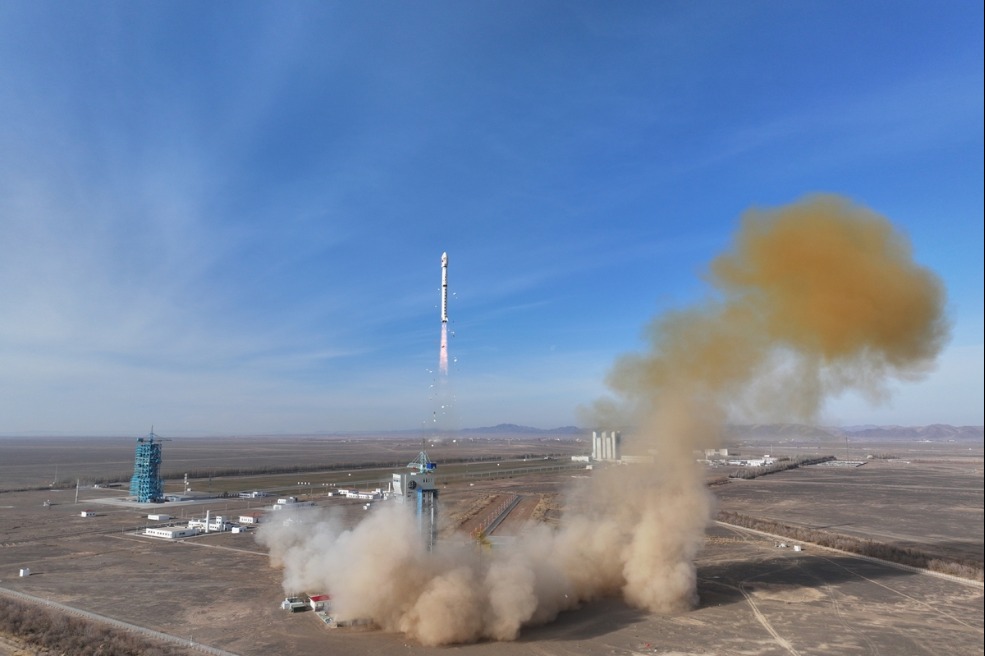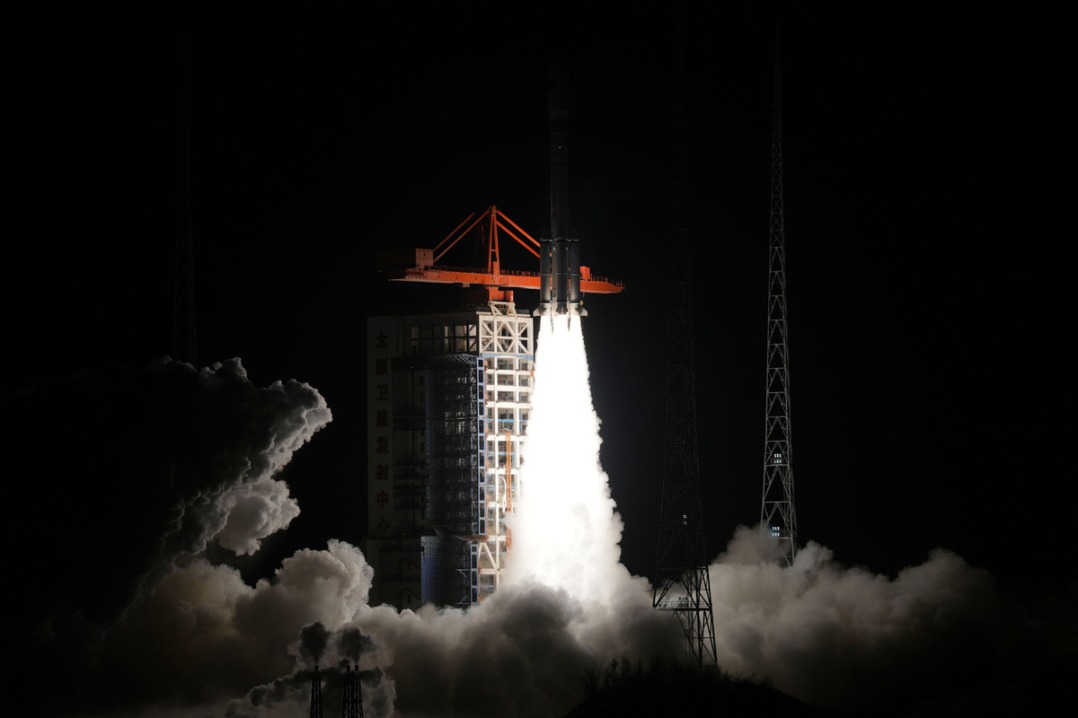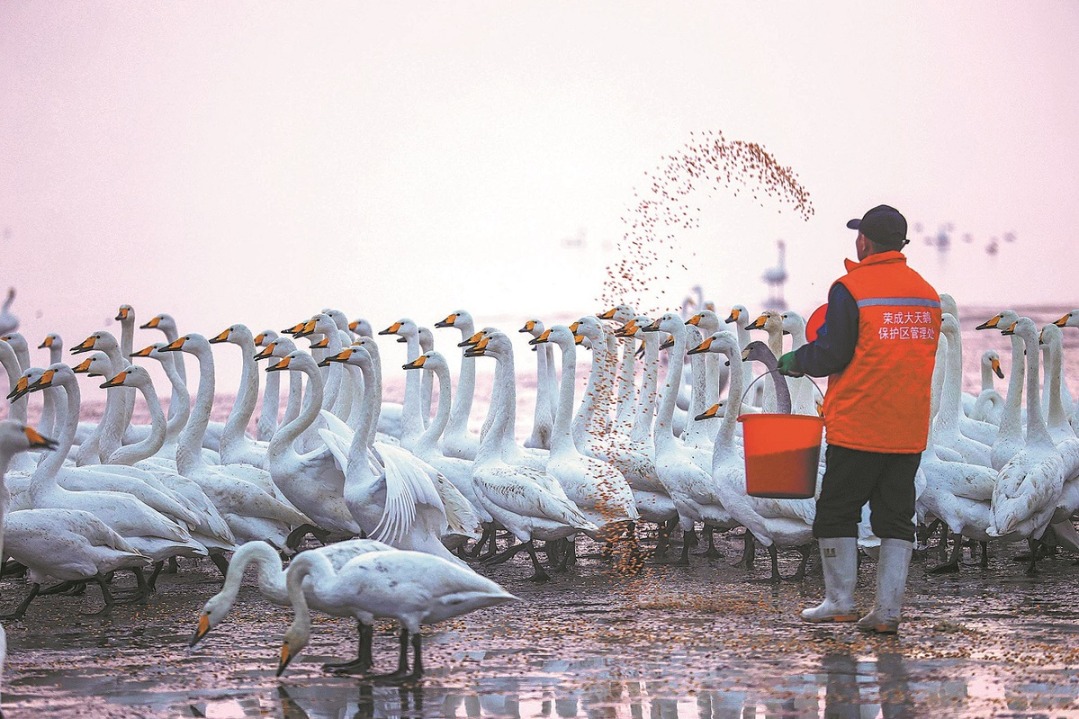New lab module to assist space station's completion


A major technical feature of Mengtian is that it can move scientific apparatus out of the Tiangong station without being handled by the astronauts, to conduct extravehicular experiments and bring them back inside the station after experiments, according to the designer.
Moreover, the lab module is capable of deploying miniature spacecraft such as CubeSats into orbit, he added.
Liu Guoning, deputy chief designer of the scientific cabinet system at the Chinese Academy of Sciences' Technology and Engineering Center for Space Utilization, said the scientific experiments to be carried out in Mengtian are expected to enable scientists to conduct cutting-edge studies and achieve world-class findings.
Liu's center is responsible for making and implementing plans and schedules for scientific work on the Tiangong space station.
The results of the experiments can also boost the application and transfer of advanced space science and technology to other research fields, Liu said.
"So far, we have arranged about 40 experiments in those eight cabinets and will gradually carry them out in accordance with the overall plan," he said.
Liu said three experiments that will take place in Mengtian will involve cooperation with researchers from the European Space Agency, and these will help to increase the status of the Tiangong station in the international science community.
"The Tiangong station will be our country's largest space-based platform for science and technology in the coming decade. We are determined to make full use of the asset to obtain breakthroughs in science and technology and to generate comprehensive benefits," he said.
Wentian, the Tiangong station's first lab module, was launched on July 24 on a Long March 5B rocket from the Wenchang center.
Tiangong is currently composed of four sections: the Tianhe core module, the Wentian lab, the Tianzhou 4 cargo ship and the Shenzhou XIV spacecraft.
After Mengtian is connected with the Tiangong, the station will form a T-shaped structure and astronauts will have as much as 110 cubic meters of usable space.
After the labs, the Tianzhou 5 cargo craft and the Shenzhou XV crew are scheduled to arrive at the massive orbiting outpost around the end of this year.
Monday's launch mission marked the 446th flight of the Long March rocket family and the country's 47th space mission this year. China plans to undertake more than 60 rocket launches in 2022.
- Reform, human rights protection go hand-in-hand for China, report finds
- China sends remote-sensing satellite into orbit
- China surpasses childcare goal ahead of schedule
- China rolls out 2-ton unmanned cargo plane
- China begins trial of faster, more detailed AI dust forecasting system
- Innovation hailed as key to success for Guangdong's fishing industry


































